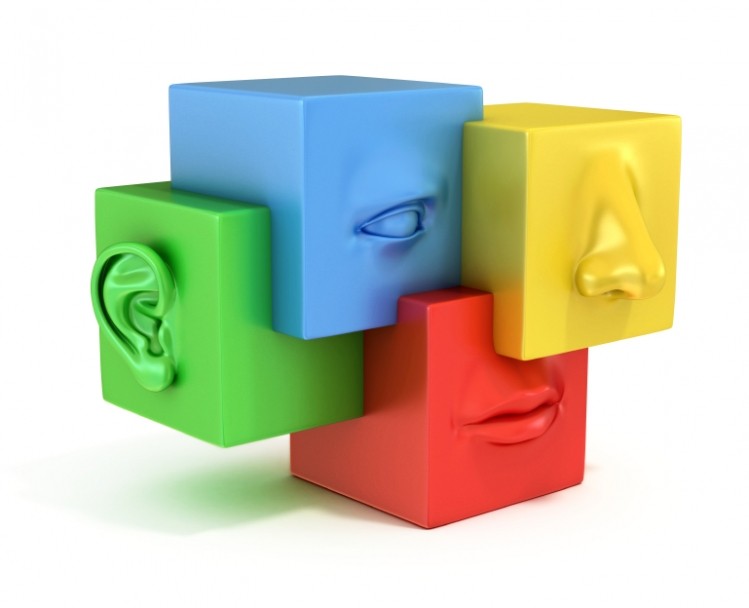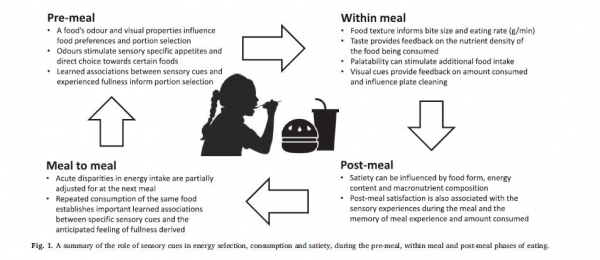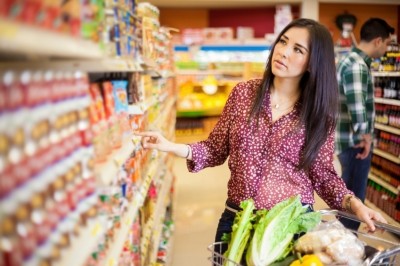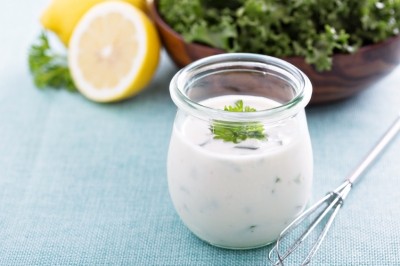‘A largely unexplored opportunity’: The science linking texture and calorie reduction

Dr Forde is the senior principal investigator for sensory nutritional science and part of a team of researchers at the Singapore Institute for Clinical Sciences looking at the relationship between the texture of food and how it is perceived. He suggested that there is a “largely unexplored opportunity” to use texture to “moderate calorie choice and intake”.
FoodNavigator spoke to Dr Forde about some of the latest developments in textural science.
Food texture can:
• influence oral processing during consumption and ‘nudge’ people to slow their eating rate to reduce energy intakes by 10-15% within a meal, by simply changing food texture within a hedonically equivalent range;
• enhance the post-meal satiety experienced following a meal, slowing gastric emptying and reducing the risk of additional calorie intake by enhancing fullness per kcal consumed;
• moderate the sensory perception of a product and facilitate reductions in public health sensitive nutrients like sugar and salt;
• moderate digestive processes and post-absorptive metabolism to influence nutrient bioavailability, enabling targeted delivery of nutrients. Food texture and the associated chewing has also been shown to moderate blood glucose excursions post-ingestively
- Dr Forde
FoodNavigator: What impact does texture have on how people perceive food?
Dr Forde: Texture plays a critical role in how people perceive a food – in terms of its freshness, flavour release and perception during consumption, but also through dietary learning, where food texture provides guidance on foods’ filling properties and informs our expectations of how satiating certain foods are likely to be.
Calorie for calorie, foods that are perceived as thicker, creamier and require more chewing before being swallowed, are perceived as more filling and this has been shown to influence calorie/portion selection. For these reasons, a foods texture is central to both product appreciation but also in how we use sensory cues to anticipate the potential satiating effect of different foods.
FN: Does texture alter how food tastes?
Dr Forde: Yes. Taste is a proximal sense that requires tastant compounds in a food to be released to interact with the taste buds before they can be perceived. In this regard, a foods structure will influence food breakdown and tastant release from a food during consumption.
Foods with greater structure require more mastication (chewing) to prepare a bolus for swallow, and may afford more of an opportunity for tastant release during chewing, whereby the food dynamically deforms during mastication and saliva lubricates and hydrates the food releasing taste compounds to be perceived on the tongue. By contrast, certain foods require less oral processing and if they are high in sugar or salt, the majority of these tastants are swallowed rather than perceived, creating a risk for overconsumption. In recent years there have been efforts to optimise food structures to support optimal tastant release during consumption, while simultaneously reducing the total amount of salt or sugar being consumed.
FN: How does it change whether people feel satiated sooner?
Dr Forde: Texture can influence feelings of fullness by changing the oral processing required during meal consumption and altering the psychological and physiological cues perceived. [It can also] change the rate at which foods transit the stomach and contribute to post-meal satiety. In terms of the first way, foods with more texture (i.e. chewier, thicker, firmer) require longer time in mouth to prepare the bolus for swallow and through this spend longer in contact with the senses signalling the arrival of calories. Extending the oro-sensory exposure time of a food by slowing the eating rate and increasing the number of chews per bite has been shown to reduce the energy consumed to fullness within a meal (satiation) and to produce a stronger satiety response post-ingestively, both in terms of feeling fuller for longer and as reflected in the endocrine response to foods consumed.
In our studies, when we have changed the texture of a food to effect a reduction in eating rate of about 20% (for example, reducing eating rate from 50g/min to 40g/min), we consistently observe reductions in ad-libitum (free eating) to fullness of 10-15% in kcals.
Importantly, in our studies the foods with the enhanced texture were equally liked, and despite the reduction in energy intake for the enhanced texture meals, there were no significantly differences in feelings of fullness at the end of the meal, and no additional intake of food to compensate for the reduction at the next meal.
FN: Does texture alter digestion?
Dr Forde: Food form (solid, semi-sold or liquid) can influence digestion and post-prandial feelings of fullness and satiety. Food form has been shown to influence satiety, product sensory perception, emptying rates (the rate of transit through the stomach), intestinal transit time and nutrient absorption and post-absorptive metabolism including nutrient bioavailability in the GI tract gastric.
As a rule, it is well established that solid foods confer greater satiety and slower gastric emptying, when compared to liquids and semi-solids. This is one of the reasons why high energy liquid foods such as sugar sweetened beverages, can pose such a risk for energy over-consumption, as they deliver a lot of energy but confer little to nutrient intakes or satiety, and so are easy to over-consume.

























